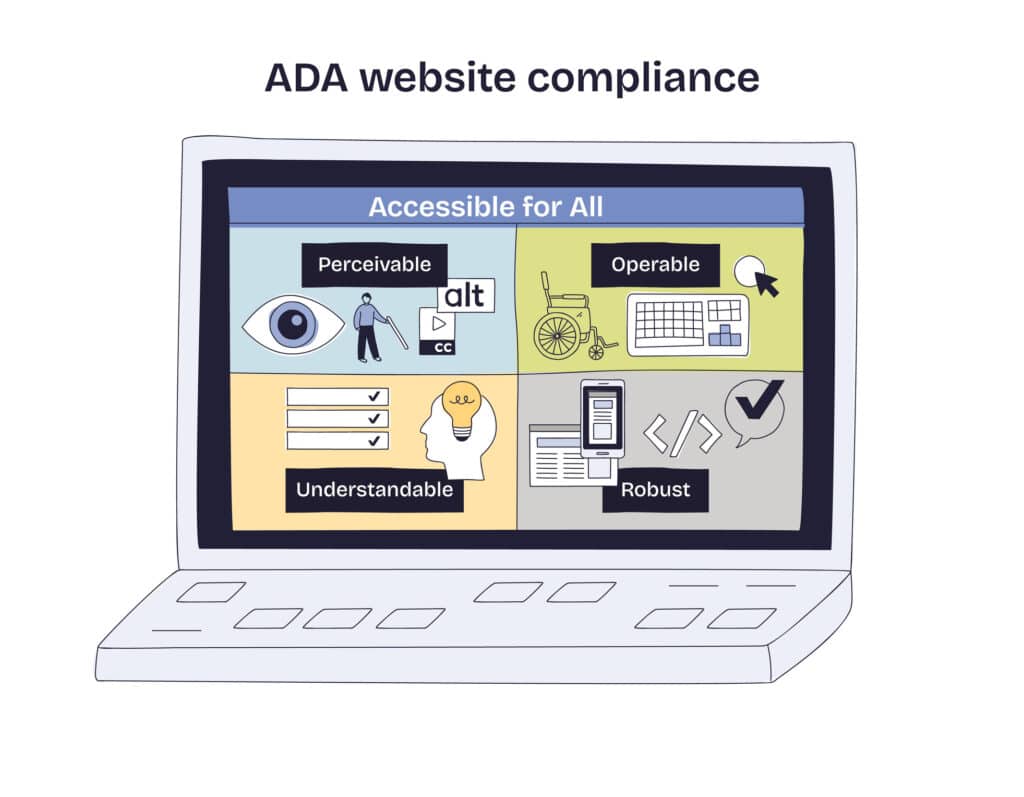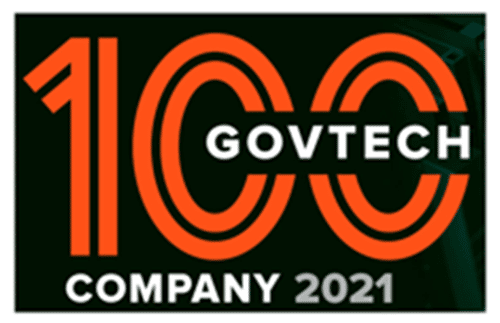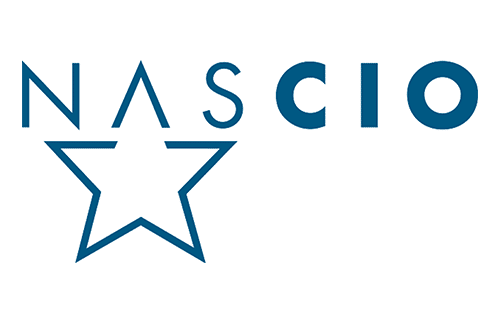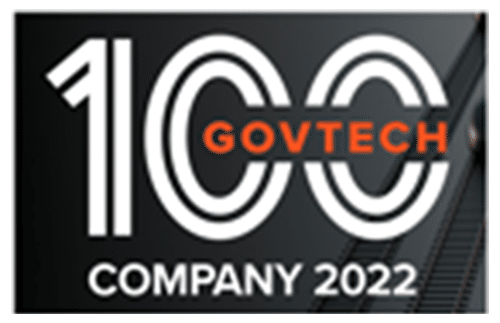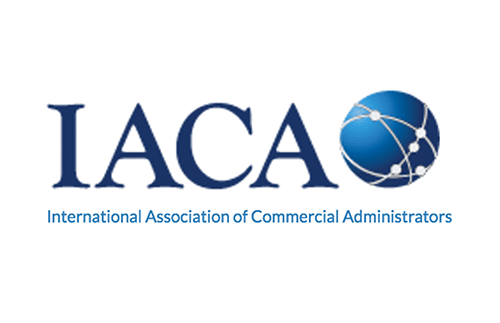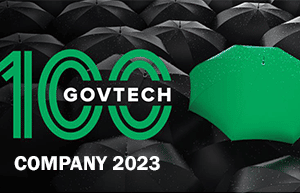As a GovTech industry executive, I have a unique view into the transformation taking place in the government technology workforce, which is the focus of my blog this month. Much has already been said about how government is becoming increasingly creative in remediating the technology workforce challenge by accessing new pools of talent. New innovative programs to train existing government employees on the latest technologies and approaches to modern digital government, as well as a number of emerging apprenticeship programs, are bearing fruit. The change is evident to me at every level of the government technology workforce, including—and perhaps most importantly—in leadership.
A sample of recent leadership announcements is telling with a continuing wave of private sector executives being tapped for key leadership roles in government technology. Pennsylvania just appointed former Comcast executive, Amaya Capellan, to the state CIO role. Likewise, Oklahoma just promoted Joe McIntosh, who spent the bulk of his career in the private sector before taking a leadership role in government, to serve as its CIO. Jamie Grant, who transformed and completely rebuilt the Florida technology state enterprise in a span of just three years, also entered government from the private sector. In California, Steve Gordon has transformed the California DMV since his arrival in 2019 and is another example of the impact a private sector executive can have in government.
These are just a few recent examples of private industry executives entering the government technology ecosystem. This combination of more private sector executives joining public sector technology leaders already making a difference nationally is a powerful one. The trailblazing work of celebrated public sector technology executives like Mandy Crawford of Texas and Jim Weaver of North Carolina, for example, has created the baseline from which innovation in government technology is measured, and undoubtedly generated interest in talent outside the sector to look for opportunities within government.
Diverse Public and Private Sector Experience Benefits Employees, Constituents
The growing diversity of public and private sector backgrounds in the government technology workforce is a force multiplier, and one of the most exciting developments for the industry since we emerged from the pandemic. The synergy created by blending private and public sector experiences, approaches, and backgrounds is clear. It’s really no different from the private sector, which has always benefited from a diversity in workforce backgrounds that encompasses a variety of industries, functions, and geographies. It is just accelerating in government because of the undeniable need and unprecedented opportunity. As a result, low/no-code cloud technologies like workflow automation, AI, and ML are being adopted at an ever-accelerating pace. Constituents are experiencing more intuitive government digital experiences, while government employees are less mired in code-intensive and mundane, repetitive tasks. Expectations are changing with constituents and government employees alike which will only help government recruiting efforts.
New Approaches Drive New Technology Adoption
It’s not surprising that cutting-edge technologies already deployed in the private sector are being embraced in government given the utility, flexibility, and value they provide. The pace of increasing adoption and innovation, however, can be directly tied to the changing face of the government technology workforce. New technology is also helping to bridge the growing workforce challenges government is experiencing, as the automation of manual and repetitive tasks becomes the norm, antiquated business processes are streamlined, and services previously unavailable become digitized and more easily accessible to the public.
What’s also not surprising is the net positive impact this is having on the government technology job market. New jobs, titles, and programs are being created as new technologies and workers are ushering in and enabling commercial best practices in government. The proliferation of Chief Digital and Innovation Officers roles, creative recruiting outreach, and job skilling initiatives are just a few examples of the changing face of the government technology workforce. The government technology workforce is also spending more time interacting, learning, and deploying new technologies and less time bogged down in legacy approaches to government business. To see this movement emerging post-pandemic is not only exciting, it should fill everyone with incredible hope for what the government technology workforce will deliver in the years ahead.




